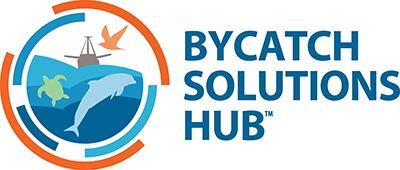Beginning October 1, commercial longliners in New Zealand will be subject to new rules designed to mitigate seabird bycatch in longline fisheries. Vessels will be required to either 1) use hook-shielding devices, such as Hookpods, or 2) a combination of three bycatch mitigation measures when setting fishing gear. These three combined measures are 1) bird-scarring lines to keep birds away from baited hooks on the surface, 2) weighted lines so the baited hooks will more quickly sink past seabird diving depth, while 3) setting at night when seabirds are less active.
These new rules are aimed to protect seabirds, especially critically endangered albatross, through reducing bycatch rates in longline fisheries. They replace the current law which only requires the use of two of the three measure listed above.
Pelagic longlines are a high-risk fishery for seabirds and are considered a major cause of human caused mortality in locations the fishery overlaps with vulnerable seabird populations. Seabirds are initially attracted to the vessel’s structure and smell in the otherwise barren open ocean. Seabirds will often attempt to feed on bait and can get either hooked or entangled in fishing line when the gear is set. They are then dragged underwater and drown.
While clearly a problem for seabirds, seabird bycatch is a problem for the vessels as well. Higher rates of seabird bycatch mean less baited hooks available for fish and extensive time and effort required to properly handle seabirds on deck. Longline vessels do not go offshore to catch seabirds and do not want to, and measures that reduce seabird bycatch are typically considered beneficial by both fishers and conservation groups.
The fishery already requires onboard cameras that are used to independently verify catch and bycatch composition which will also be used to verify compliance of the new law and document changes in seabird bycatch rates
Photo: Image of a baited Hookpod, a hook-shielding device. Image courtesy of Hookpod Ltd.
